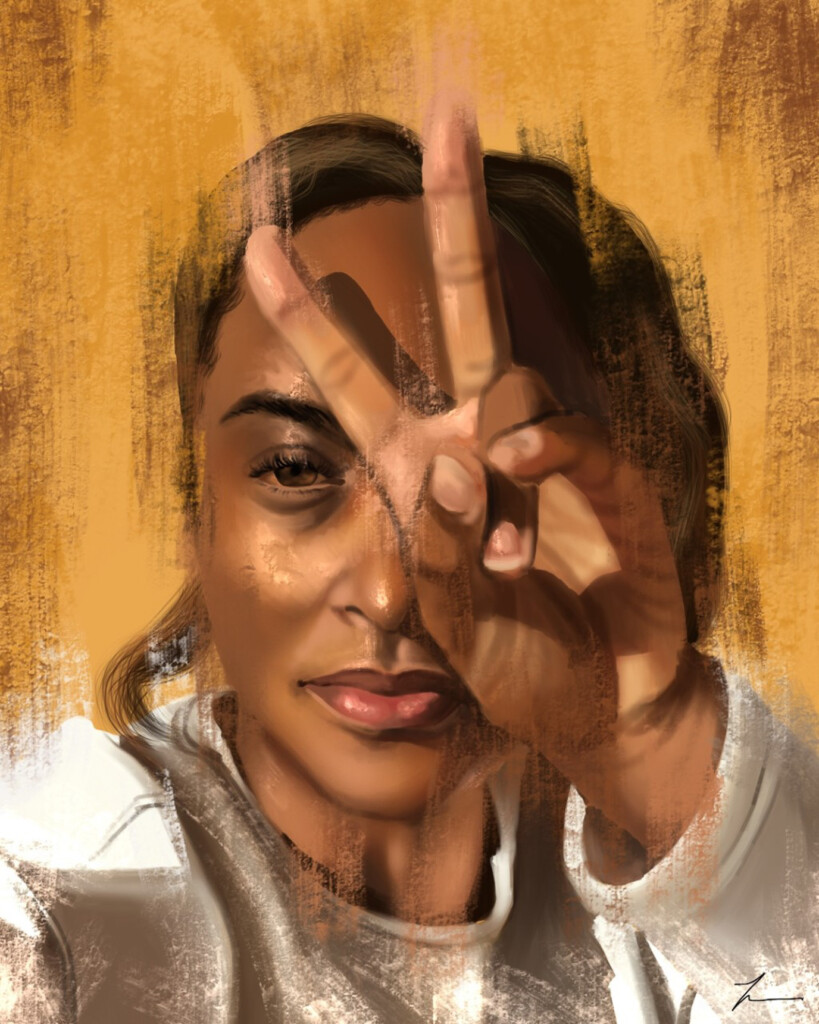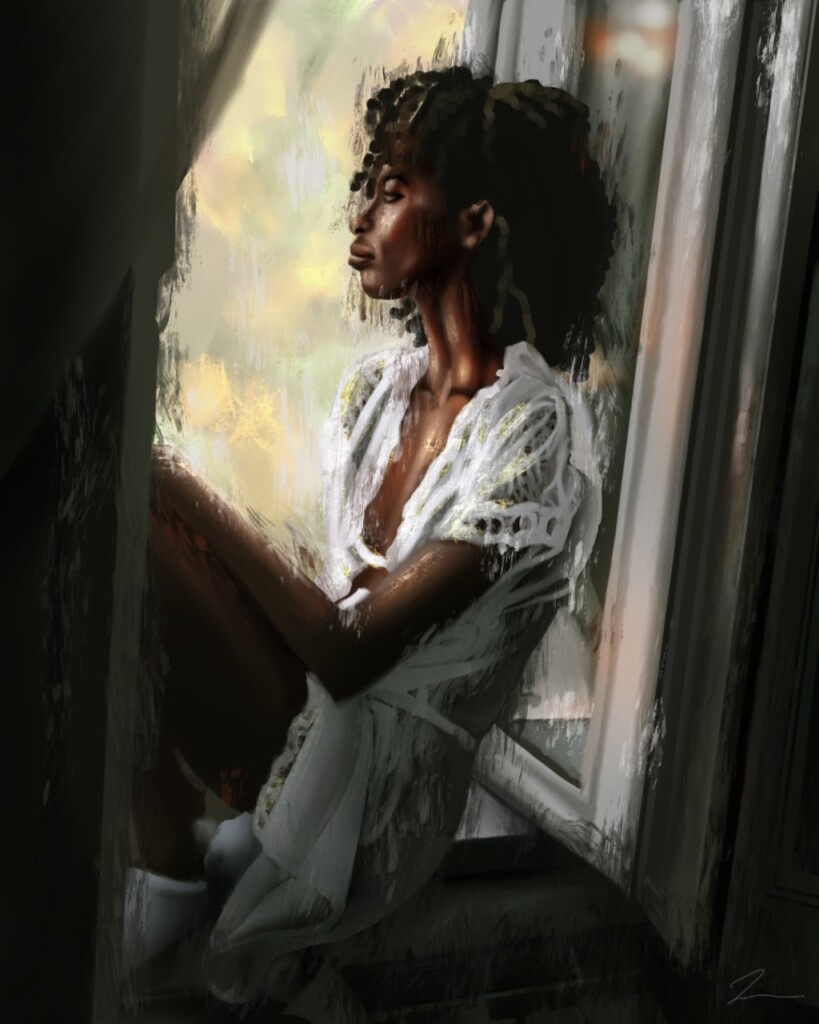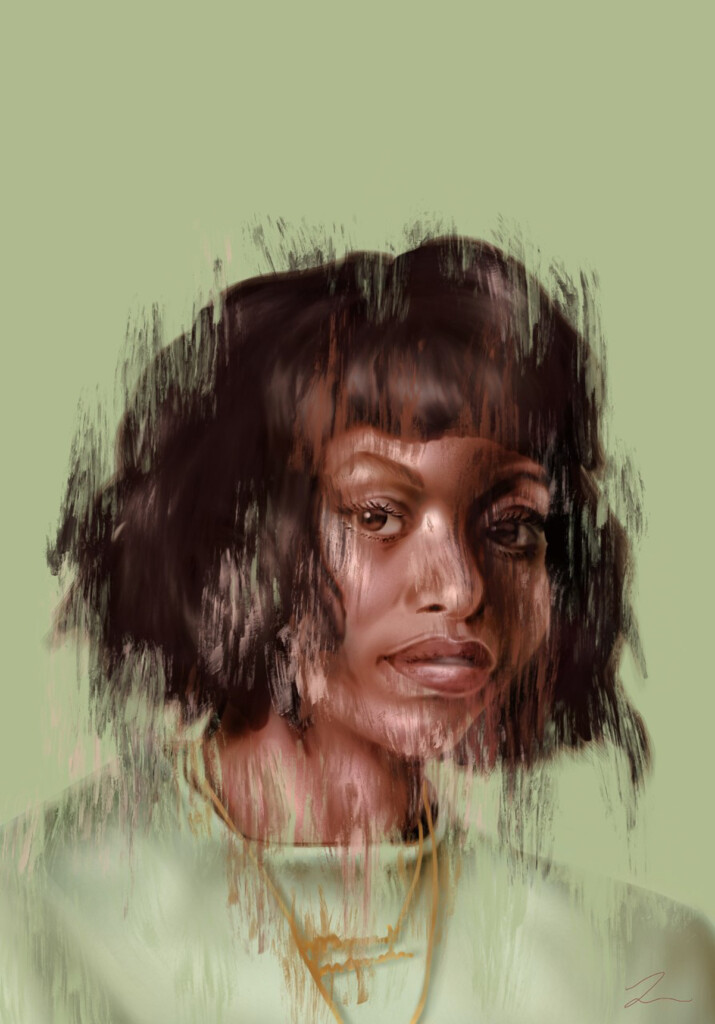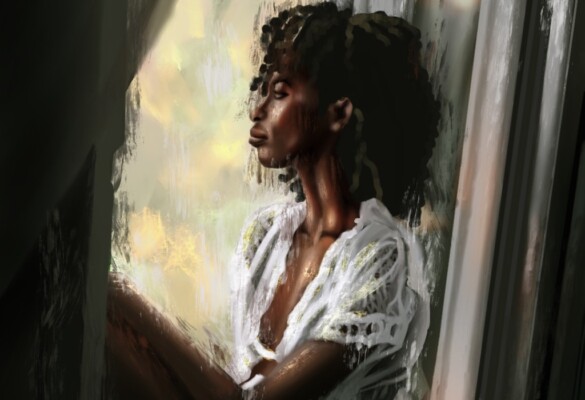By Greta Chiocchetti
This past March, artist Mike Winkelmann—better known by his internet alias Beeple—made headlines for the $69 million sale of “Everydays – The First 5000 Days,” a collage made up of the first 5,000 digital art pieces he completed daily as a part of an ongoing 14-year art project.
The work in “Everydays” ranges from rough sketches to tongue-in-cheek political commentary. One piece that was completed in September 2020, titled “S–tshow,” features Donald Trump and Joe Biden duking it out while nude in a boxing ring. Another depicts a man walking through the blazing forests of California, referencing one of the worst fire seasons in the state’s history. The collection sold at a Christie’s auction as the first digital-only work offered by an auction house as an NFT, a non-fungible token, to verify its ownership and guarantee its authenticity.
But despite its astronomical price tag, “Everydays” exists solely in cyberspace—there’s no physical art to exhibit.
While NFTs are not new—they’ve been circulating on the internet since at least 2017—the sale of Winkelmann’s work, among others, has caught the attention of creatives and casual internet surfers alike, including Academy of Art University alumna Jasmin Guinn. The 2017 School of Animation & Visual Effects graduate saw potential in the phenomenon and decided to add her work to the digital marketplace.

“I saw Beeple tweet about dropping NFTs—I’ve been following him and his ‘Everydays’ for a while now,” said Guinn. “There was all this excitement around it, and everyone saw him make like $3.5 million in a weekend. I think all of us in the industry were thinking, ‘Okay, we need to figure out what this is and how we’re going to make this something that artists can use and actually profit from.’”
Guinn, who works as a senior motion artist at the advertising agency ARGONAUT, decided to test the process to stay up-to-date on technologies that could potentially make effective ad campaigns.
Though she thought it could be as simple as uploading a jpeg of her illustration, Guinn discovered that there were several steps in the pipeline from a digital file to an NFT. Guinn first linked her cryptocurrency exchange platform to a crypto wallet, which was then linked to Rarible, the online marketplace that hosts her NFT. Lastly, after paying a fee, Guinn minted her NFT—securing its place in the Ethereum blockchain (a growing list of records, called blocks linked together using cryptography).
Guinn’s first NFT, “The Black Woman is Loved,” is an animated portrait of a Black woman contemplatively gazing out of a window, surrounded by a glowing light. “A Black woman is an illustration of strength, beauty, resilience, and tenacity. A Black woman is love in all forms,” Guinn wrote of her illustration.
“I knew this would be the first one. My art is all about my Blackness, just because growing up, it wasn’t easy to be Black in different spaces. You’re expected to be in a certain space, and people don’t see you—like, I’m a Black female motion designer. You don’t see that everywhere,” said Guinn. “So, for me, it was like, if I’m going to be in this space, I’m going to put out something that is unique to me, and I’m going to represent myself as a Black woman and as someone who’s often been misinterpreted. Black women aren’t always seen as multifaceted—I’ve heard a lot of misconceptions about how a Black woman is supposed to be. I wanted to put this softer side out there.”
It should come as no surprise that, just as in the art industry at large, the digital art market still has quite a ways to go to become an inclusive, equitable space. Guinn hopes that NFTs can offer an opportunity for POC creators to not only gain exposure but to earn an income through their art.

“That’s why I insert myself into spaces that I don’t normally see myself in,” said Guinn. “If someone sees me doing it, then maybe they will believe that they can, too.”
Elena Eberhard, the fashion journalism coordinator at the Academy’s School of Fashion, has been closely following the rise of NFTs, especially as the phenomenon intersects with art and fashion. Eberhard has been facilitating conversations on the topic with industry professionals on Clubhouse, a popular voice-chat social media app.
“A big pro that I see is that artists who didn’t have a seat at the table before, or didn’t have a voice, or couldn’t financially sustain themselves, now can with this new format,” said Eberhard. “They can receive both recognition and financial recognition as well. That certainly comes from within the internet space itself, which has such a higher level of connectivity than traditional physical connectivity.”
In addition to the opportunity for inclusivity, Eberhard said that an exciting element of the NFT marketplace is the pairing of a physical component along with the digital one.
“The NFT pieces that are most intriguing and interesting for me are those where the handmade craftsmanship is blended with digital,” said Eberhard. “For example, a handmade rug in traditional technique could have an NFT component that would show the process of growing those materials, weaving the rugs, the people who were involved, and so forth. So, it’s kind of a blend, where there is a physical object and the NFT is a documented process of exploration.”
Eberhard said that the trend could have an impact beyond its social ramifications, even creating new regulations and legislation as it continues to spread.

“With NFTs, I believe that now that there is a precedent for it, that you can actually track a digital piece of art, it will lead to artists being able to receive royalties for the work they produced in the past,” said Eberhard. “For example, if a stylist works on a music video and the video goes viral, typically the artist will not receive all of the fruits of that success. The stylist is compensated in the beginning but does not receive any royalties afterward. Now that not only the ownership of the artwork but also the process of it can be documented and tracked, that would lead to a different regulation where artists who are participating in a collective artwork will be [acknowledged and receive royalties], years ahead of when the artwork becomes popular, thanks to all sorts of factors.”
Though in its early stages, NFTs seem to promise opportunity, but not without potential drawbacks. In addition to concerns over the significant energy burden of producing NFTs, the trend could have an impact on users’ health.
“We already know about all the psychological and psychiatric disorders that, for example, gamers can develop when their sense of reality is shifted too much from the physical world into the metaverse. So, that’s a potential drawback here, as with most new technologies,” said Eberhard. “The seeming ease of creating digital art could cause young creatives to ignore handmade materials or manual work more globally. But, of course, there is always a counter-movement to any movement—the slow food movement is flourishing now more and more as a reaction to the fast food movement.”
